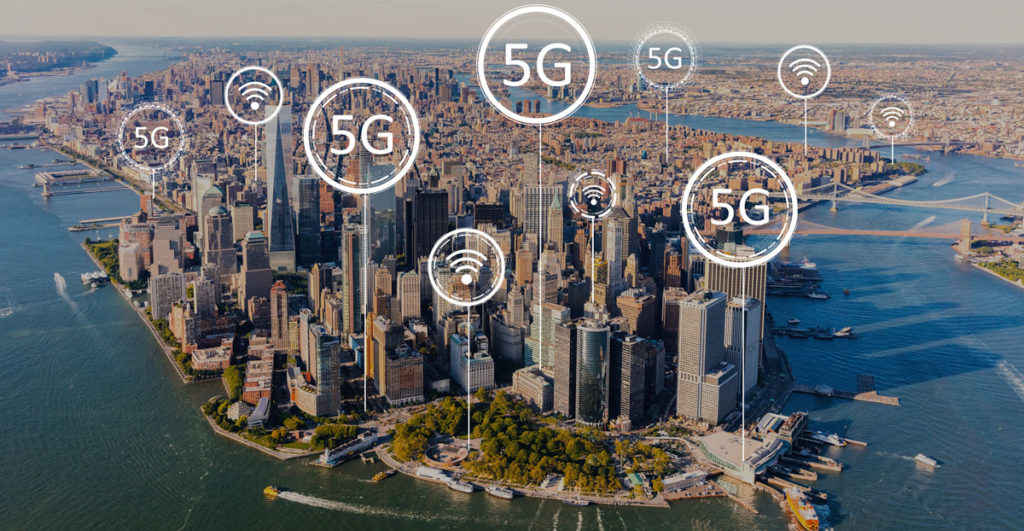
To deliver on the promise of 5G, this next-generation technology will enable multiple new service streams virtualized through a common infrastructure. With all the different use cases for 5G, these services will have diverse performance requirements, which adds to the challenges of delivering them in an efficient way. To overcome these challenges, tomorrow’s networks will rely on network slicing.
The 5G radio consists of three distinct elements as defined by the Third Generation Partnership Project (3GPP): radio unit (RU), distribution unit (DU) and central unit (CU). In the 5G New Radio (5G NR), multiple RUs hand off data to the DU. Network slicing begins within the DU by identifying specific services and allocating virtualized, isolated resources. The transport network interoperates with the DU and CU for dynamic service delivery and resource allocation, while the network operation uses multiprotocol label switching (MPLS) segment routing for dynamic establishment of resources.
There is, however, a simpler and more cost-effective way of engineering and maintaining the MPLS segment routing elements. This involves physically separating the control and user planes using disaggregation, and operating the control plane in the cloud. Contrasting the cloud control plane to a traditional router will illustrate the benefits of this approach.
A traditional router platform consists of an integrated control and user plane, in the form of a chassis and plug-in cards. These chassis come in multiple sizes based on performance and capacity supported. Each chassis dimension has integrated control and user plane regardless of the chassis size. Therefore, scaling is limited to that fixed dimension, meaning they always scale up to a limit. This means that — from Day One — the platform will typically only run at 20 to 30 percent capacity, but will still have to reserve the full footprint, power and thermal allocation of full loading. This is a very inefficient use of CAPEX. Furthermore, each of the deployment sites runs the risk of under- or over-engineering the capacity. Too small a dimension with an under-capacity site results in loss of revenue through unfulfilled demands, while an over-engineered site is an inefficient use of capital.
Control Capacity in the Cloud
Alternatively, the disaggregated approach consists of a programmable, purpose-built blade forming the MPLS-segment routing common infrastructure, and a decoupled virtual control plane in the cloud. When a new service is required, a virtual routing instance is generated in the control plane and provisioned throughout the virtual network, including resilient alternate pathways, end-to-end, based on the service level agreement (SLA).
Once calculated for the virtual network, the programming is pushed down into the common infrastructure. These cloud micro-services offer real protocol isolation per virtual router instance, where each protocol is running in its own container and brought together as one virtual router application instance. Multiple virtual router instances with full isolation can share the same network element hardware, offering a very CAPEX-efficient scaling operation. We refer to this as a scale-out approach via linear resource scaling, resulting in better infrastructure utilization versus traditional routers.
Applying the cloud control plane approach to network slicing based on upcoming 5G services offers simplified operations and capacity scaling using virtualization to dynamically allocate and provision services to customers. As services are provisioned, the virtual routing instances are provisioned end-to-end for each service and customer on a global basis, then pushed down to the programmable network elements running the user plane.
This simplified operation offers full resource guarantees with reduced operational complexity, resulting in faster time to market/revenue return, while lowering the cost per bit using a capacity efficient virtualized network. This allows for the construction of one common infrastructure where individual network elements are minimized and right sized for capacity with multiple virtual networks, enabling many diverse service use cases to fully realize the potential of 5G.